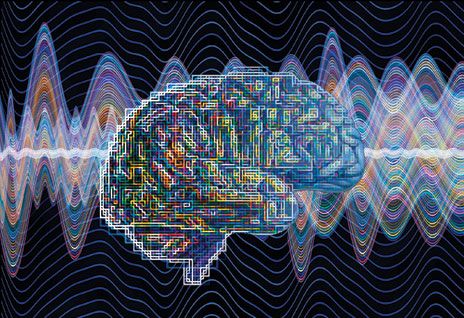-
5
Dec
By Prachi Patel. Originally posted to IEEE’s Spectrum
Researchers report prototype wireless neural interfaces
Wireless brain-machine interfaces would be much more practical and could be implanted in several different areas of the brain to tap into more neurons. The key requirement for such a system is that it consume very little power to keep the heat down.
Illustration: Mehau Kulyk/Getty Images
“Most of the guidelines for implantable devices say that you should not raise the surrounding tissue temperature by more than 1 C; otherwise, you’ll kill the cells you’re trying to record from,” says Reid Harrison, an electrical and computer engineering professor at the University of Utah, in Salt Lake City.
Sending the complex analog impulses as they are would take up too much bandwidth. So it will be necessary to convert them into a simpler, robust form as close as possible to that of the neurons, says Brown University neuroengineer Arto Nurmikko. He and some of his colleagues were associated with the now-defunct Foxborough, Mass., start-up Cyberkinetics Neurotechnology Systems, which did the first human clinical trials of an implanted brain-computer interface. Now his team has a promising wireless interface scheme, which they presented last month at the IEEE Engineering in Medicine and Biology Conference (EMBC).
Read the full article here, or visit IEEE Spectrum home page here.
- Published by Dimitrios A. Adamos in: Stories
- RSS feed subscription!


 Neurobot via RSS
Neurobot via RSS
